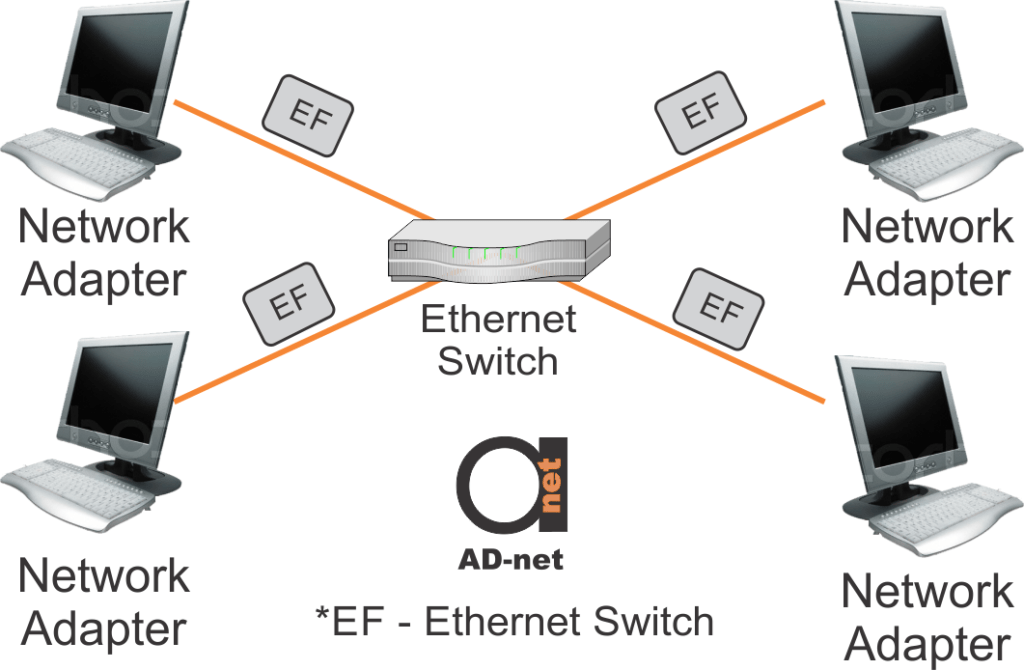Even though today repeaters and hubs are essentially same devices, it was not always this way. As it is clear from the name, main goal of repeater is to “repeat”. Due to nature of electrical current, the signal would fade away over the distance, becoming unreadable at some point. Repeaters are taking fading away incoming signal and are “juicing” it so it could travel further.
Essentially that could be done by using hub, however main difference is in the structure of device. Repeater has two ports: one for incoming signal and another one for “boosted” outgoing signal. Hub is able to join more than two signals. It takes the signal, “boosts” it, and transmits to all its ports. Typically hub can connect from 8 to 24 connections together.

Issues with the hub come from its purpose. The only goal of hub existence is to re-transmit whatever signal it receives to all of the nodes there connected to it. It does not detect data collision, neither it ensures that data was successfully delivered. Since the Ethernet is build around carrier sensing and collision detection mechanisms the issue would grow exponentially with the size of the network. Small scale networks could accommodate couple hubs here and there. In the larger scale hubs would be wasting bandwidth, transmitting and re-transmitting signals which may or may not reach the final destination.
One could overcome those performance barriers with the help of switches and routers. However it is important to keep hub as an option when designing the low-traffic or small-scale network or its part.


